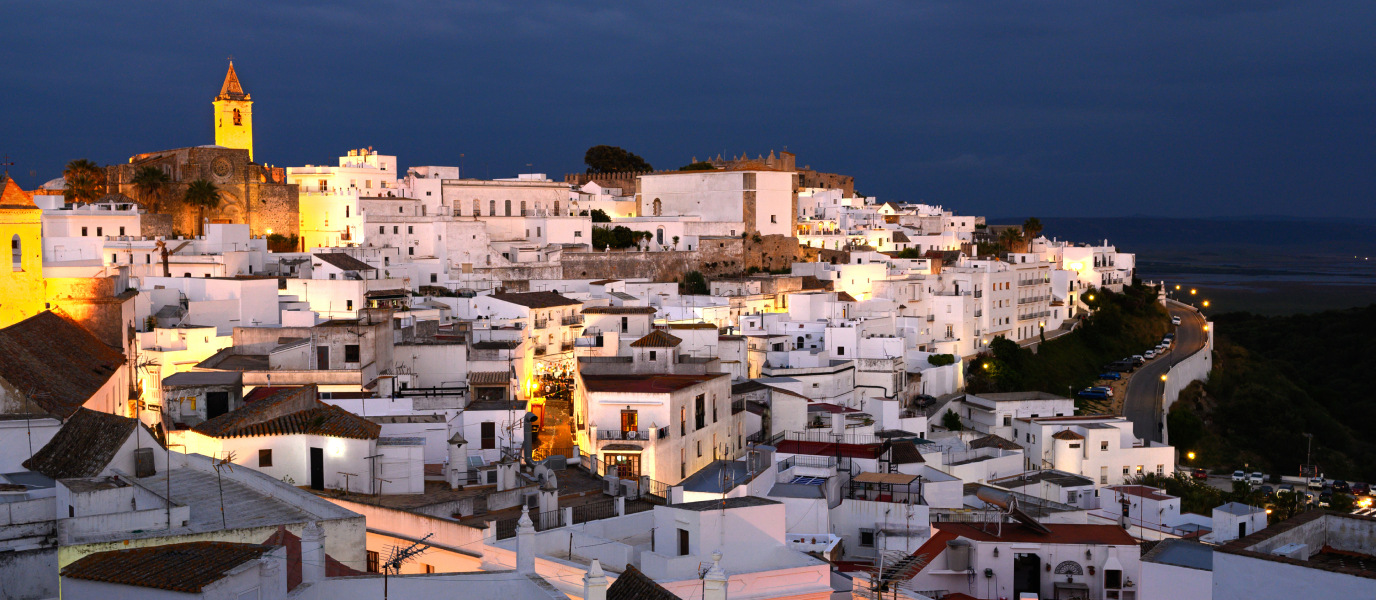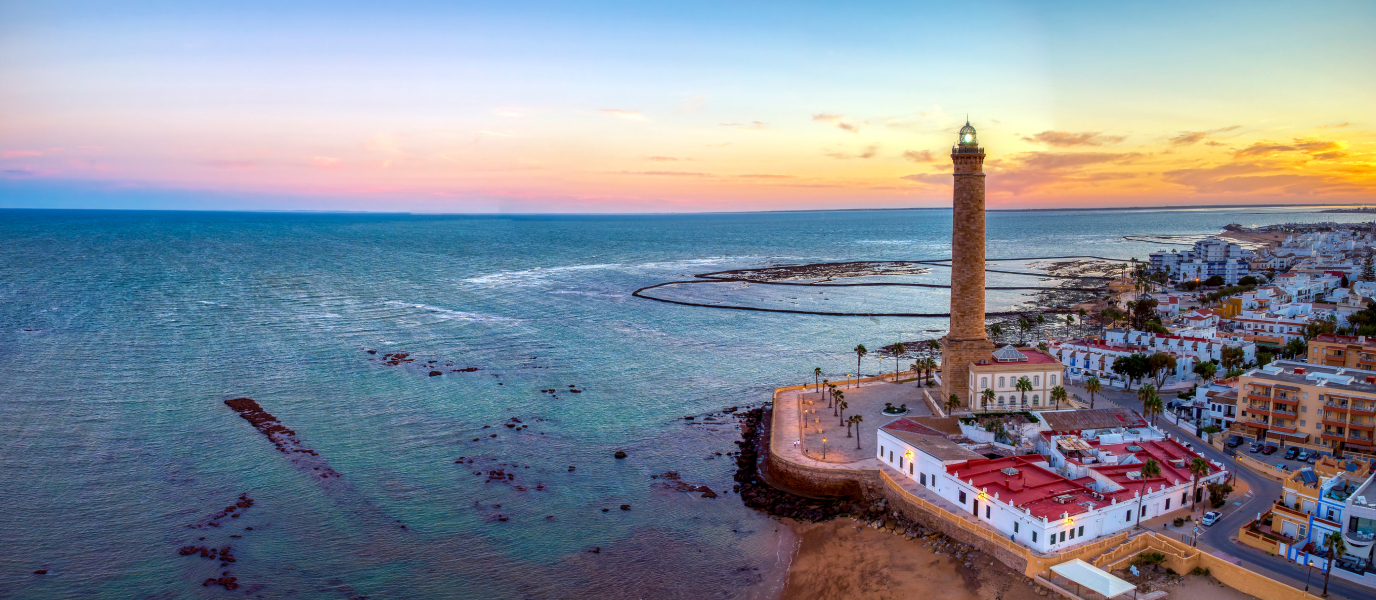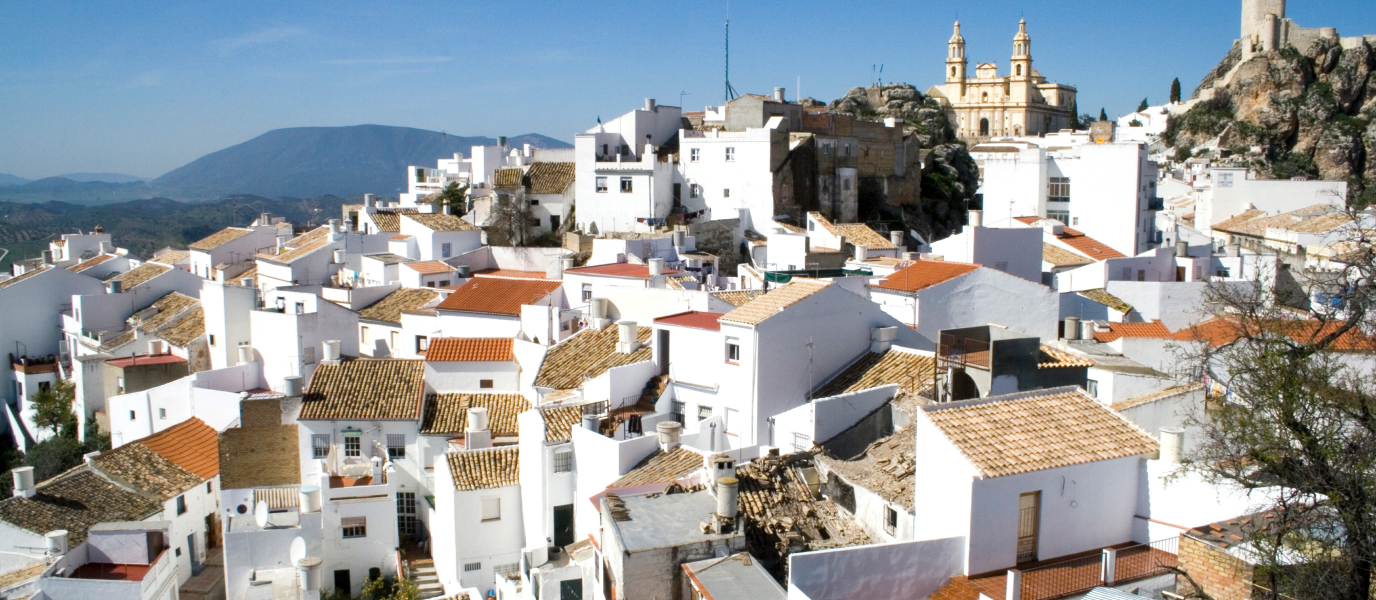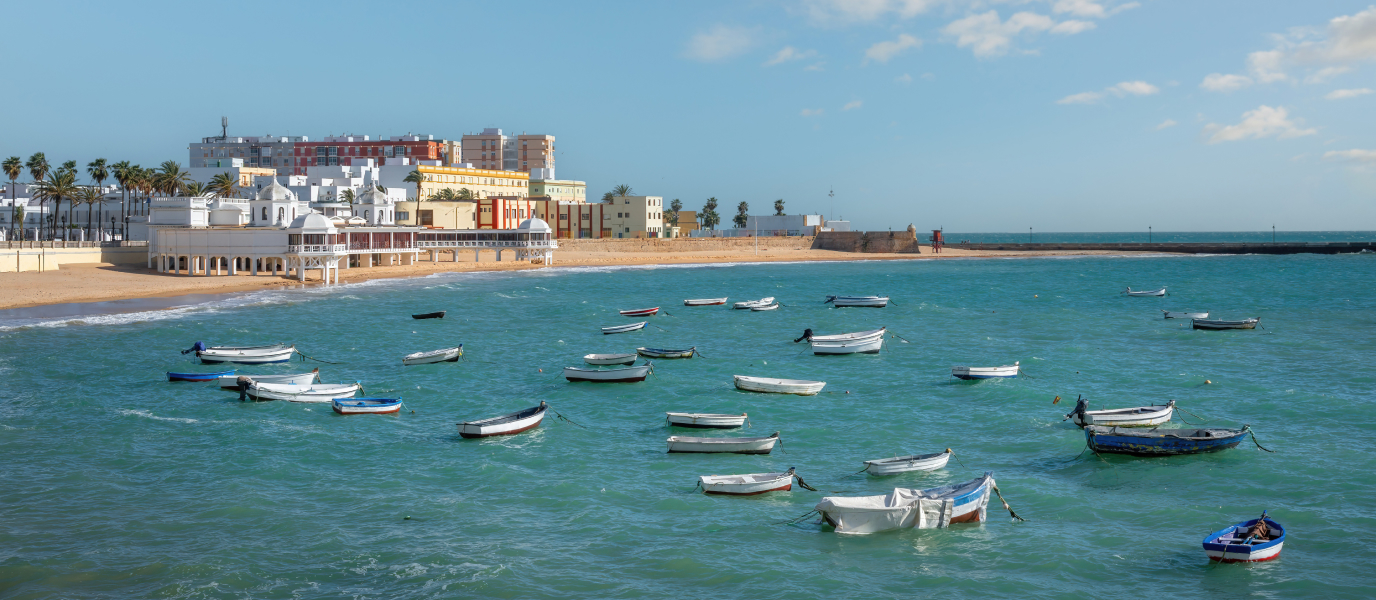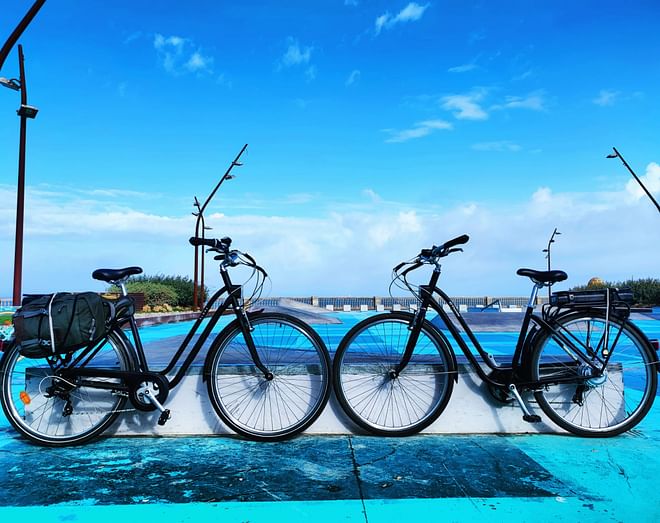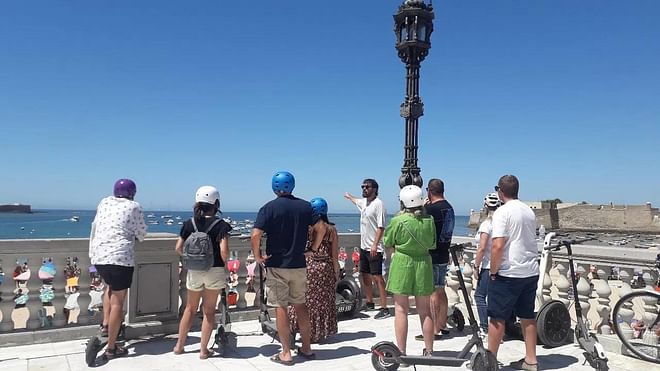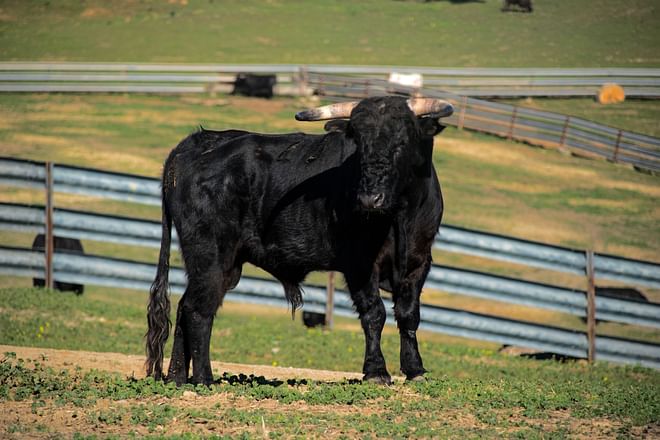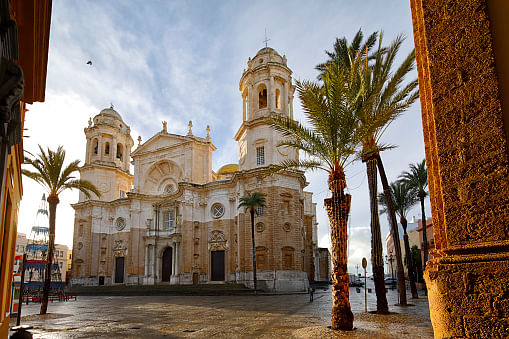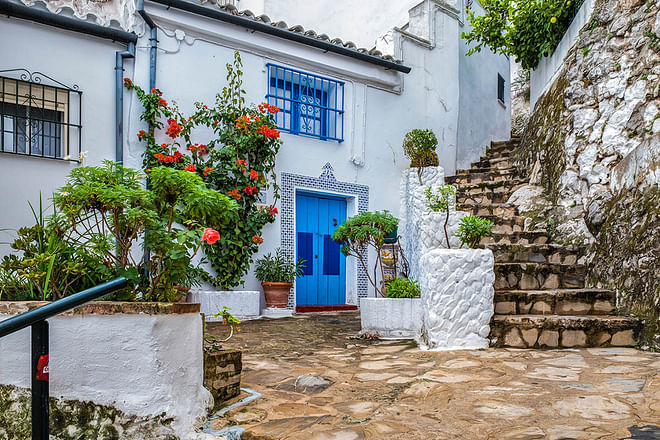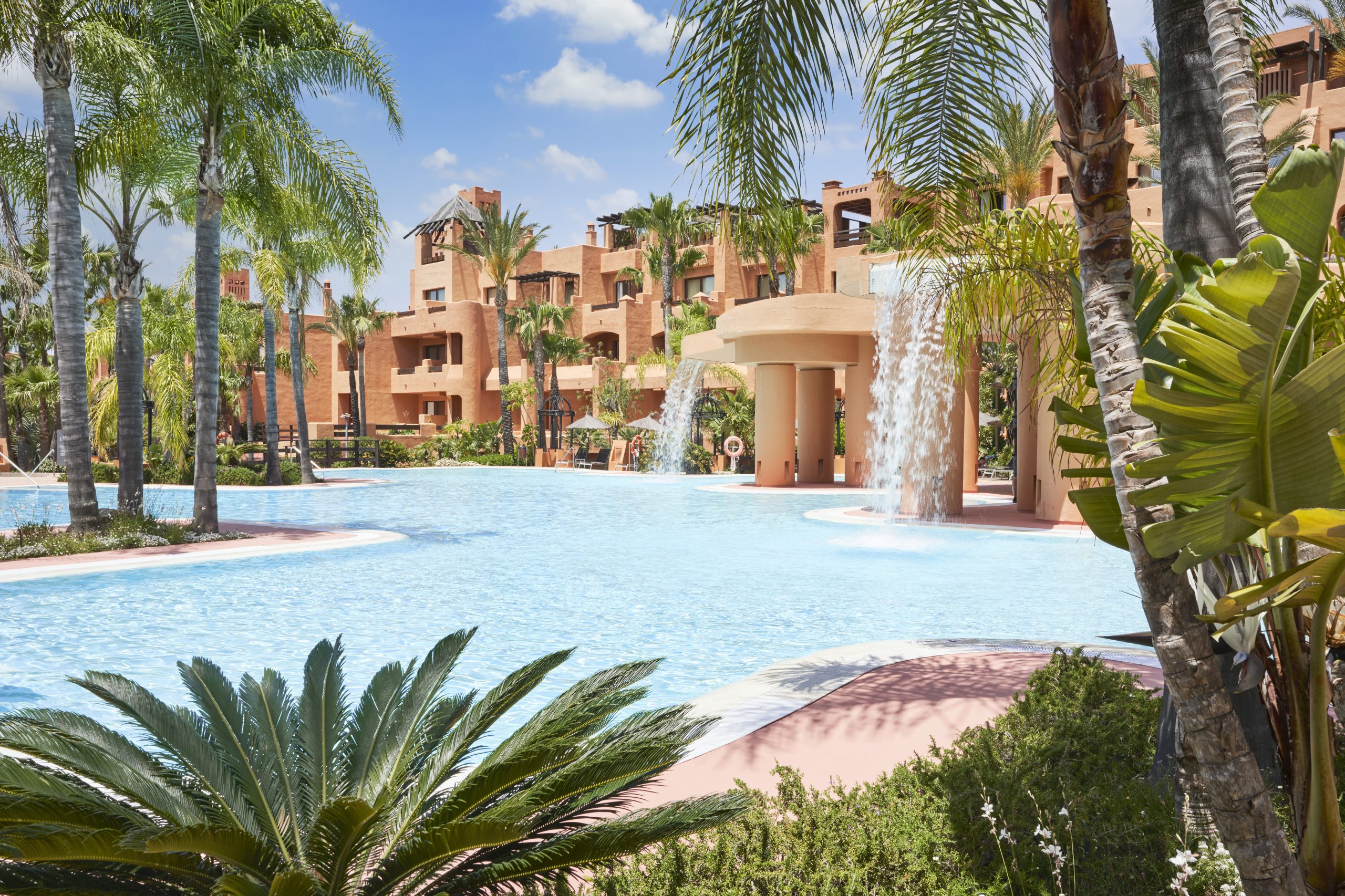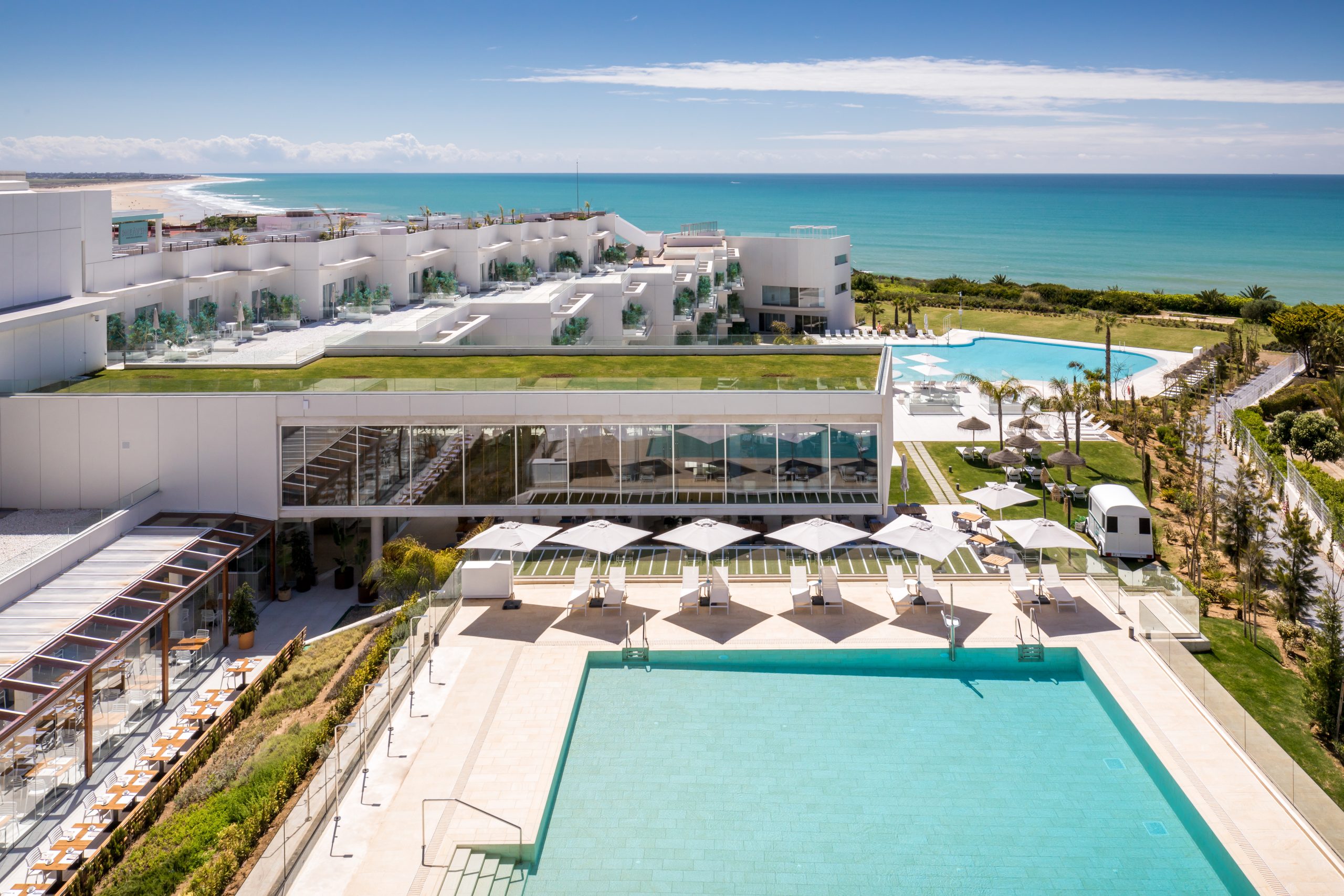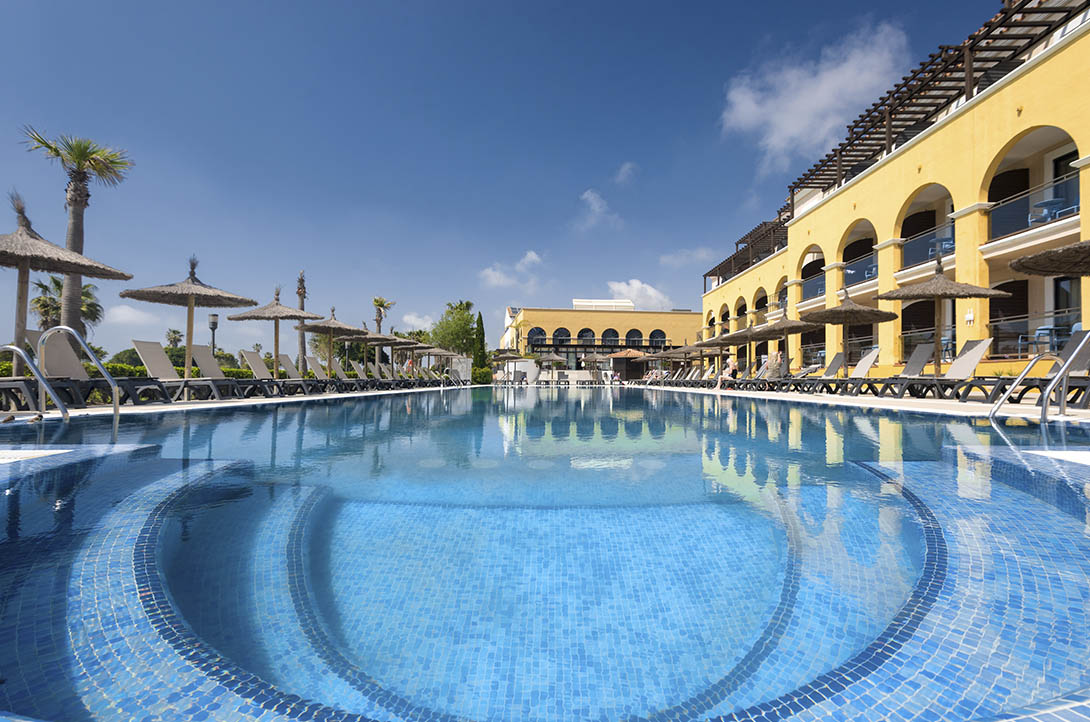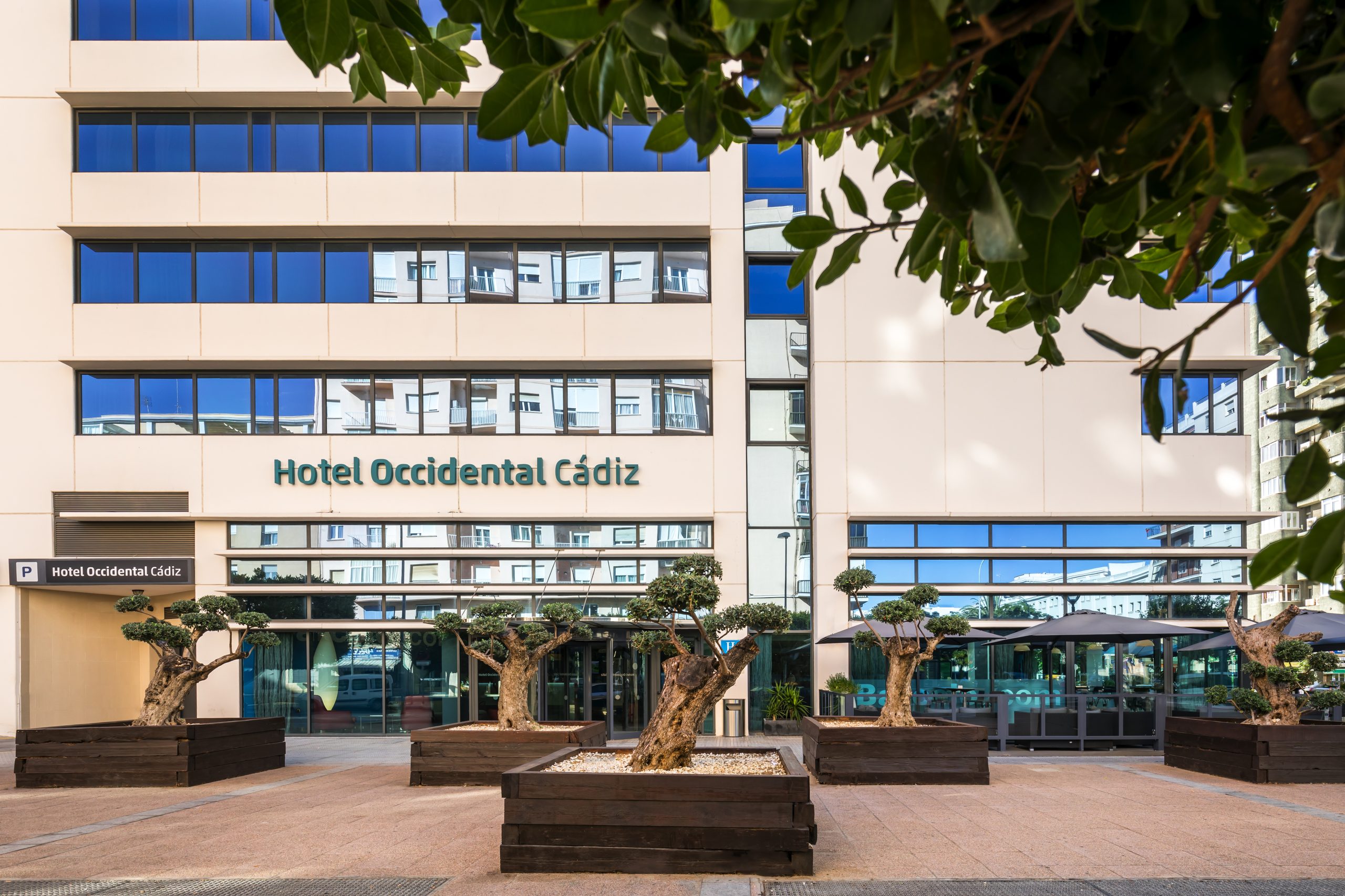From being a little-known destination, Vejer de la Frontera is now considered one of the prettiest towns in the country, according to the Los pueblos más bonitos de España [Spain’s Most Beautiful Towns] association. The town is still where it has always been, but now its whitewashed houses, huddled together on a hill, its higgledy-piggledy streets and flowerpots are photographed by the streams of travellers who pass through in search of authenticity.
The hill on which it perches, some 200 metres above sea level, was already highly-coveted by Bronze Age settlers, as the ruins found here confirm. The Moorish appearance of its architecture is no coincidence either, as Tariq’s North-African troops took control of the town following the Battle of Guadalete in the year 711, their reign lasting for five and a half centuries. The castle gates, the town walls and the general urban fabric are evident remains of the period. In the wake of the Christian conquest, the Moors briefly held sway again until this period of numerous battles ended in 1285 and a sense of stability took hold, in which disputes over land—controlled partly by the Dukes of Medina Sidonia—was the only source of trouble.
Hopefully, this brief introduction is of some use when you pass through Vejer de La Frontera to prepare you for the vestiges of other cultures, the large houses adorned with coats of arms, and the many fountains and homes organised around courtyards. You should also know that Vejer, despite being on a hilltop, has a gorgeous beach—El Palmar—within its municipal boundary.
Tourism in Vejer de la Frontera
Vejer de la Frontera is an ideal place for a day trip, as it’s possible to catch a glimpse of all its highlights. Or, you can make it your base and explore the rest of the region from here. It’s up to you. If you’re more of a beach person, pick a hotel on the nearby coast; if you prefer something more atmospheric, you’ll find the place for you in Vejer.
Our first tip, if you’re wondering about what to see in Vejer de la Frontera, is to park as soon as possible if arriving by car. The streets are extremely steep and narrow and it’s not at all easy to find a place to leave your vehicle. After you’ve done this, there are certain parts of the old town inside the walls—which still boast four of its gateways—that are well worth your time. Let’s get started:
Plaza de España
A good place to start exploring this town of some 13,000 inhabitants is Plaza de España, or as locals refer to it, Plaza de los Pescaítos. In the centre is a fountain, decorated with tiles from Seville, where children enjoy watching jets of water shoot out of the mouths of enamelled frogs. Around the square are often street artists whose music livens up the atmosphere.
Las Monjas Arch
This is one of the most photographed spots in town due to the beautiful (and practical) series of buttresses that support the side wall. They were installed because of an earthquake in the eighteenth century.
Divino Salvador Church
This place of worship, built on the site of a former mosque, is the main church in Vejer, where the most important ceremonies in the lives of vejeriegos take place: weddings, communions, baptisms etc. The church is divided up into three naves, each made during their own distinguishable period: Gothic-Mudéjar and late-Gothic. Its most striking feature is the High Altar’s altarpiece, carved out by Francisco de Villegas in the seventeenth century.
Vejer Castle
Built in the time of Abd al-Rahman I on the site of another Moorish construction, it is situated at the highest point of the town. From the tenth to eleventh centuries onwards, it was modified and adapted to the whims of its new owners. By the fourteenth century, it was the residence of the Dukes of Medina Sidonia, the Lords of Vejer. The best spot for a photograph is the horseshoe arch, the most unmistakable part of its Moorish legacy.
The Palace of the Marquis of Tamarón
This eighteenth-century mansion house, situated next to the Segur archway, houses the Archaeological and Historical Collections of Vejer. It boasts 13 rooms dedicated to the Fine Arts, Archaeology and temporary exhibitions.
Casa del Mayorazgo
Although this Baroque-style house (eighteenth century) is privately owned, the residents open its doors to the public so visitors can admire its two courtyards and part of the old town walls. There’s no entry charge but it wouldn’t hurt to leave a tip in the money-box to help them maintain the hundreds of flowerpots they have. Be sure to head up to the roof, as the views are incredibly beautiful.
Convento de las Monjas Concepcionistas
These days in this monastic centre you’ll find the Municipal Museum of Vejer Traditions and Customs. Juan de Amaya ordered for the convent to be built in 1152 to house his tomb and that of his wife. The highlights of the church include its Renaissance façade, the spherical dome of the main chapel and the crypts.
What to do in Vejer de la Frontera
Once you’ve ticked off the main sites, the day doesn’t have to stop there as you can also visit the windmills in the San Miguel neighbourhood. Those that can be visited date from the 1960s and have been renovated. In the nineteenth century, however, they were used to make flour. Initially, the plan had been to build windmills similar to those in Castile-La Mancha, but the strong easterly winds didn’t make it possible, so they instead opted for the Carthaginian style, which is nonetheless more robust.
Another place where you can also see mills, but this time watermills, is in the Santa Lucía neighbourhood. The area is at the foot of the hill, so you’ll need to descend from the town; on the main road you’ll see directions. It’s a lovely route on which you can admire the old aqueduct that used to carry water to town and find natural pools where you can cool off in summer.
The third place to visit is the Santuario de Nuestra Señora de la Oliva, around 5 km from Vejer on the way to Barbate. Many go on a popular pilgrimage to this hermitage, inspired by their devotion to the Virgen de la Oliva—the patron saint of the town—whose image is housed within the sanctuary. If your visit coincides with the pilgrimage, be sure to join the pilgrims, as it is a fascinating experience.
Finally, you can’t bid farewell to Vejer without checking out El Palmar beach, a few kilometres from the historic quarter. There you’ll discover golden sand, crystal-clear water and a variety of food options at its bars and beach shacks (Casa Francisco, Casa Juan, El Alférez, El Pájaro Verde, etc.).
Restaurants where to eat at in Vejer
It’s fitting that such a beautiful town also boasts cuisine of the highest quality. In truth, you can eat extremely well in almost any restaurant without the need for Michelin stars, due to the availability of first-rate ingredients. You don’t have to go far to get your hands on great fresh produce, the most flavoursome fish or the finest wines. Absolutely essential things to try include: Retinto beef (an indigenous breed of cow), lomo en manteca (pork loin cooked in lard with red peppers), morcones (a type of southern chorizo), and, for dessert, the famous camiones (made from layers of puff pastry).
If you’re after specific restaurant tips, take note of these:
- San Francisco food market (San Francisco, 3). A great place to do the morning shopping, grab some tapas at midday or have some raciones (larger portions of tapas) in the evening.
- Las Delicias (Calle de la Corredera, 31). This restaurant, housed in a former nineteenth-century theatre, always astounds with its creative takes on local dishes.
- El Jardín del Califa (Plaza de España, 16). A hotel-restaurant situated in a house dating from the sixteenth century, known as the Casa del Juzgado [The Courthouse]. This is one of the Vejer’s biggest musts.
And once your appetite has been taken care of, the only thing left is to enjoy the province of Cádiz itself. Vejer de la Frontera borders Conil de la Frontera and Barbate, your next two stops.



























































